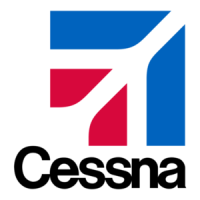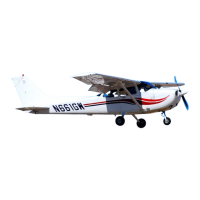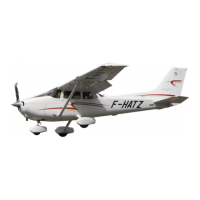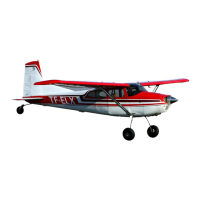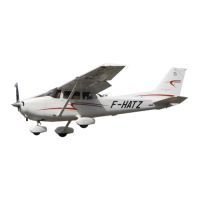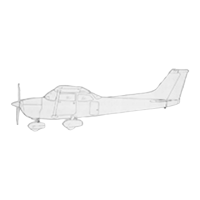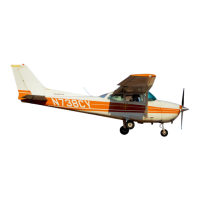CESSN A
MODEL 182T NAV
Ill
SECTION 4
NORMAL PROCEDURES
STARTING ENGINE
In cooler weather, the engine compartment temperature drops off)
rapidly following engine shutdown and the injector nozzle lines
remain nearly full of fuel.
In warmer weather, engine compartment temperatures may increase1
rapidly following engine shutdown, and fuel in the lines will vaporize
and escape into the intake manifold. Hot weather starting
procedures depend considerably on how soon the next engine start
is attempted. Within the first 20 to 30 minutes after shutdown, the
fuel manifold is adequately primed and the empty injector nozzle
lines will fill before the engine dies. However, after approximately1
30 minutes, the vaporized fuel in the manifold will have nearly
dissipated and some slight "priming" could be required to refill the
nozzle lines and keep the engine running after the initial start.
Starting a hot engine is facilitated by advancing the mixture control
promptly to 113 open when the engine starts, and then smoothly to
full rich as power develops.
I
If the engine does not continue to run, set the FUEL PUMP switch
to the ON position temporarily and adjust the throttle
andlor mixture
as necessary to keep the engine running. In the event of over
priming or flooding, set the FUEL PUMP switch to OFF, open the
throttle from 112 to full open, and continue cranking with the mixture
in the idle CUTOFF position (pull full out). When the engine fires,
smoothly advance the mixture control to full rich and retard the
throttle to desired idle speed.
If the engine is under primed (most likely in cold weather with a cold1
engine), it will not start at all, and additional priming will be
necessary.
After starting,
if
the oil pressure gage does not begin to show
pressure within 30 seconds in warmer temperatures
and1
approximately one minute in very cold weather, stop the engine and
find cause before continued operation. Lack of oil pressure can
cause serious engine damage.
(Continued Next Pagej
U.S.
4-27
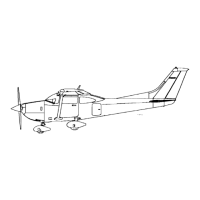
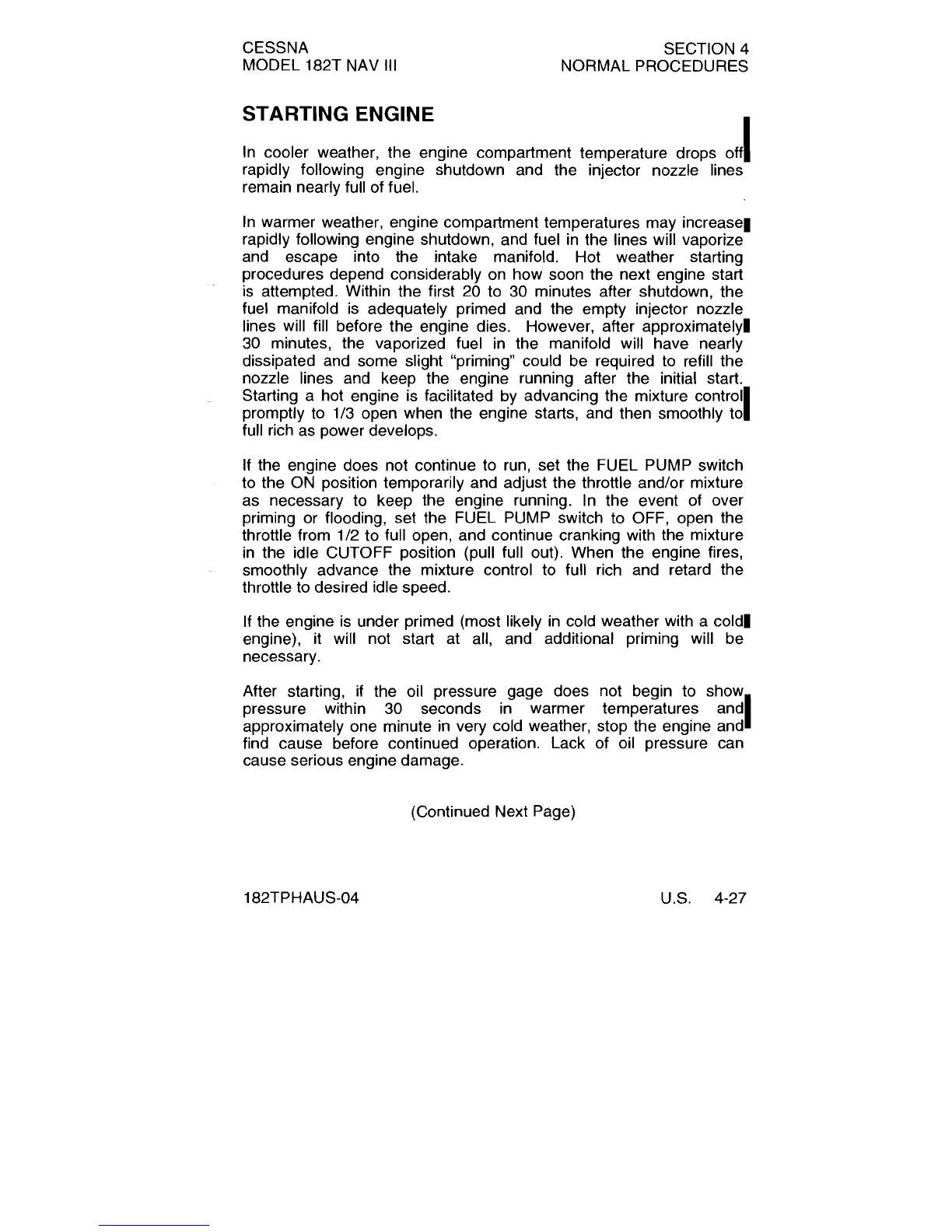